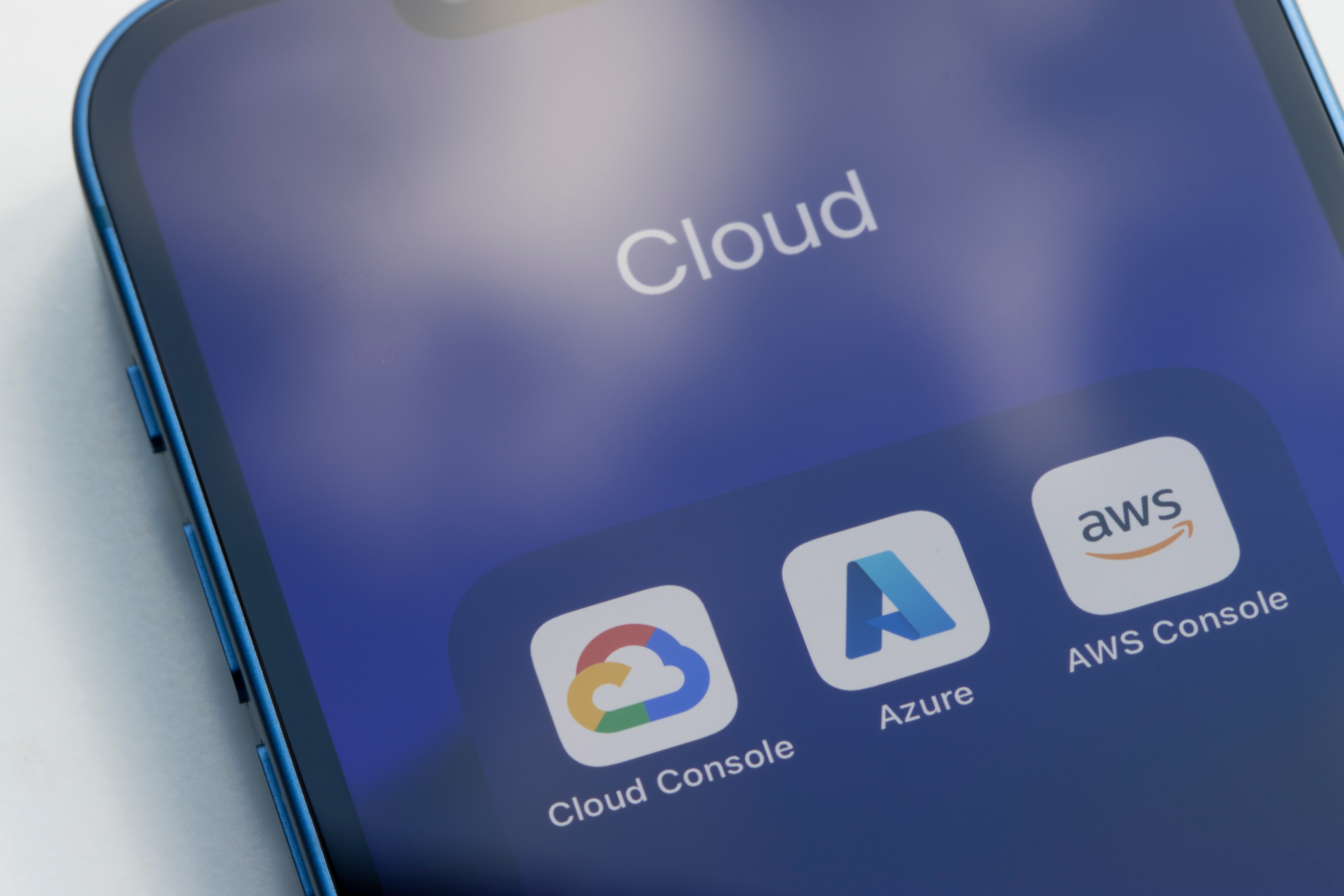Cloud Options: Microsoft Azure Vs. Google Cloud Platform
Jul 12, 2023 Anthony Latham Blog 1 min read



Over the last decade, business leaders have recognized the advantages of harnessing Cloud computing. As with most technology-based decisions, determining which option is right for you comes down to your intended purposes and your business needs. Some key items of consideration include:
Computing Power
Computing power is a basic consideration for evaluating Cloud options. You need to evaluate which option can support your business’s needs when it is at its highest.
Storage
In the Cloud world, storage is a close second to computing when it comes to key considerations. You need to consider how storage is organized and the storage limitations.
Databases
Both Microsoft Azure and Google Cloud Platform can integrate directly with NoSQL and relational databases, delivering high availability and durability. Both offer additional database capabilities, but careful consideration must be made to make the right choice for your business.
Security
Security should always be top of mind whenever you’re considering a change in your IT, especially one as fundamental as the Cloud. Using a public Cloud service, even when creating private Clouds, assumes a certain degree of risk. With the continuing rise in regulatory control of information by both governments and industry, compliance of your cloud platform is key. Both Google and Azure implement strict security policies and processes ensuring they meet some of the toughest compliance requirements including CSA STAR, GDPR, HIPPA, PCI-DSS, and a range of ISO standards.
To date, Azure compliance is the highest of any cloud provider, meeting over 90 compliance standards, while Google compliance meets 45 compliance standards.
Pricing
Determining the actual cost of one Cloud platform or another is notoriously difficult.
Depending on what storage you need, what type of storage you need, how much storage you need, what software licenses you have, how many users (concurrent or otherwise) you have, what discounts you qualify for, and whether the rates have changed since you last checked, there’s no catch all rate that’s worth quoting.
You can look at the Microsoft or Google pricing calculators for an idea of how complicated the process can be. The Google Cloud Platform has typically been less expensive; however, your business may require additional features offered by Microsoft Azure.
No matter where you are with the Cloud, our team of IT specialists can provide troubleshooting assistance or strategic advice, helping you to leverage the power of these Cloud technologies to your benefit.
If you are interested in hearing more about how Sourcepass can help guide you in your Cloud choice, reach out to Anthony Latham, Director of Solutions Architecture, at (877) 678-8080.
Subscribe To Our Newsletter
Stay in the loop and never miss out on the latest updates by subscribing to our newsletter today!











